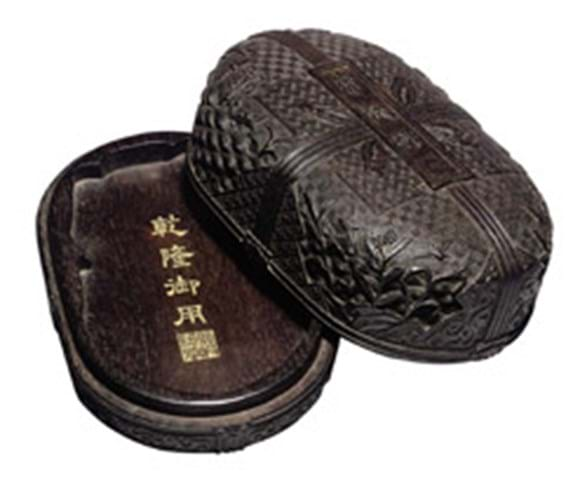
A week of sales saw Sotheby's trio of auctions produce a premium-inclusive tally of $19.2m with Christie's five sessions producing $35.5m.
Illustrative of the continued demand for old provenanced pieces, and especially for items with an Imperial provenance, was the series' top lot.
The little 6 1/2in (16cm) carved wood zitan covered box containing a clay inkstone formed as a recumbent tiger, pictured here, dated to the Wu Xu year of the reign of the Emperor Qianlong (1778). It left its $20,000-30,000 estimate in the dust when it sold to a private Asian buyer for $1.2m (£769,250) plus buyer's premium at Christie's on September 15.
The cover and base, or stand, are finely carved in the form of a brocade-wrapped ribbon-tied gift.
The inside of the cover bears a carved and gilt Imperial poem referring to the inkstone plus the date and two seals while the stand bears a four character inscription translating as: "for the personal use of Qianlong" and a seal translating as: "a brief moment to practice calligraphy".
The tiger also bears the same poem and seals as the box and the cover and both are covered in a green patination that emulates ancient bronzes.
The top lot at Sotheby's was a pair of huanghali compound cabinets and two-drawer stands dated to the 17th century - one of 86 lots from the Arthur M. Sackler collection offered on September 16.
Rare survivals and outstanding for their aprons of carved decoration, they were bought by an Asian private buyer at $850,000 (£544,870).
Sackler acquired the majority of pieces in his celebrated collection in the 1960s.
Exchange £1=$1.56.
A fuller report of the Asian series in New York, including sales at Doyle and Bonhams will appear in a future issue of ATG's printed newspaper. To subscribe click here.
By Anne Crane




